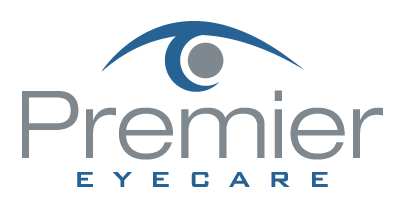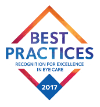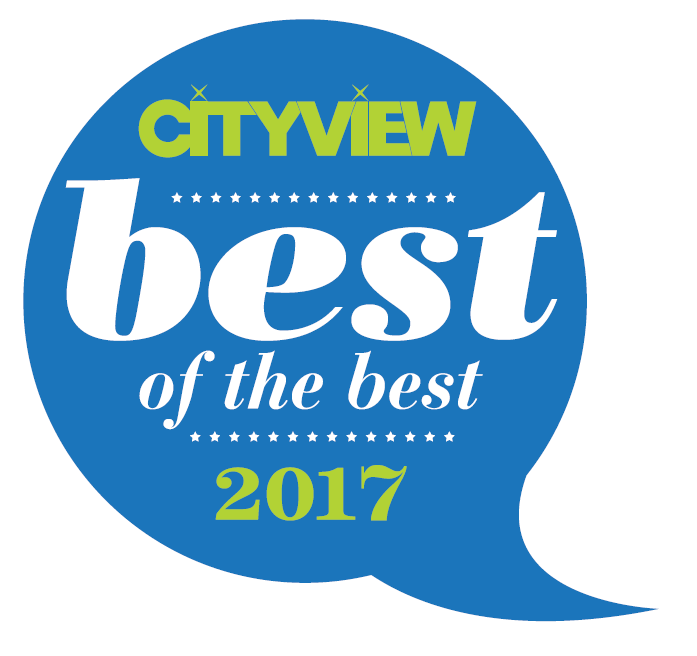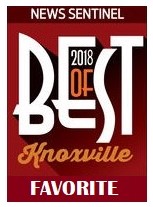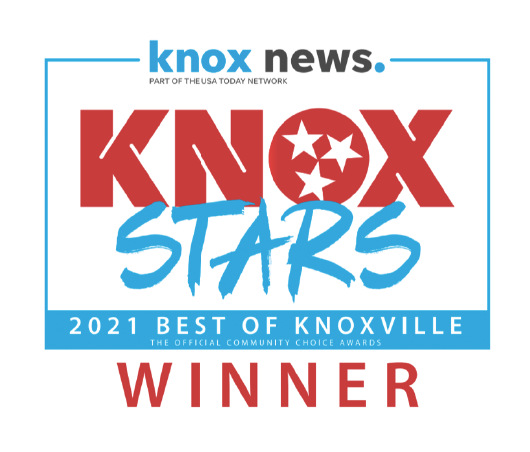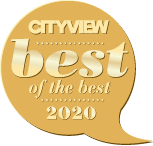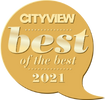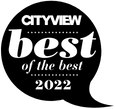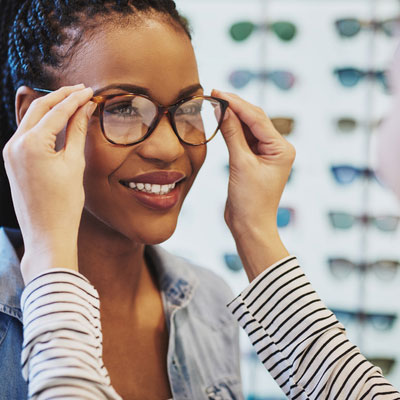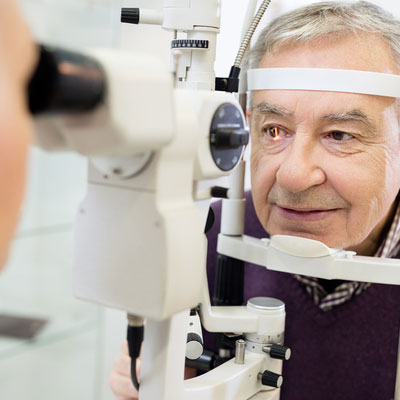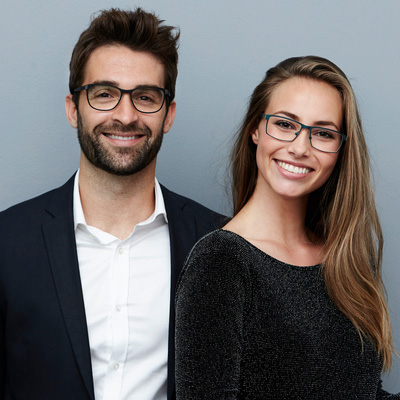Location & Hours
Get Directions11111 Kingston Pike
Knoxville, TN 37934
| Monday | 7:30 - 4:30 |
| Tuesday | 7:30 - 4:30 |
| Wednesday | 7:30 - 4:30 |
| Thursday | 9:00 - 6:00 |
| Friday | 7:30 - 1:00 |
| Saturday | Closed |
| Sunday | Closed |
- Written by Premier Eyecare
Age-related Macular Degeneration or AMD is a disease that causes a slow and painless loss of central vision. Central vision is what you use when you look straight at an object; it allows you to see fine detail needed when reading or driving.
On the inside of the eye is the retina, which contains over 120 million light sensitive cells or photoreceptors. The largest concentration of photoreceptors is in the macula, located in the center of the retina .
Directly behind the photoreceptors is the pigment layer, and behind that is the choroid, containing the blood supply to the retina.
Macular Degeneration occurs in two forms: dry and wet.
In the dry form, cellular debris called drusen accumulates between the retina and the choroid; and the retina can separate. The risk is considerably higher when the drusen are large and numerous, which can disturb the pigmented cell layer under the macula.
At the onset, most patients with the dry form have good vision. But over time, as the disease progresses, colors appear less bright and print may appear blurry or distorted. A dark area or empty area can appear in the center of vision. In about 10% of patients with the dry form, the disease progresses to the more serious wet form.
In the neovascular, or wet form, damage to the macula can occur rapidly. Proteins in the eye cause abnormal blood vessels to spring up from the choroid behind the retina. As the blood vessels grow, they can leak blood and fluids that kill the photoreceptors, causing permanent blind spots. Eventually the retina can also become detached.
Patients may see a dark spot in the center of their vision field. Straight line objects, like doorways may appear wavy, as the retinal structure is distorted.
Macular degeneration is the most common cause of vision loss and blindness in individuals over the age of fifty. About 1.8 million US residents currently have advanced age-related macular degeneration, so it's important to have your eyes examined regularly by your eye care professional.
 The content of this video and blog cannot be reproduced or duplicated without the express written consent of EYEiQ.
The content of this video and blog cannot be reproduced or duplicated without the express written consent of EYEiQ.
- Written by Premier Eyecare
Here are some treatment options for Dry and Wet Age Related Macular Degeneration.
Nutritional supplements and Dry Age Related Macular Degeneration (AMD)
 The Age-Related Eye Disease Study 2 (AREDS2) showed that people at high risk of developing advanced stages of AMD benefited from taking dietary supplements. Supplements lowered the risk of macular degeneration progression by 25 percent. These supplements did not benefit people with early AMD or people without AMD.
The Age-Related Eye Disease Study 2 (AREDS2) showed that people at high risk of developing advanced stages of AMD benefited from taking dietary supplements. Supplements lowered the risk of macular degeneration progression by 25 percent. These supplements did not benefit people with early AMD or people without AMD.
Following is the supplementation:
- Vitamin C - 500 mg
- Vitamin E - 400 IU
- Lutein – 10 mg
- Zeaxanthin – 2 mg
- Zinc Oxide – 80 mg
- Copper – 2 mg (to prevent copper deficiency that may be associated with taking high amount of zinc)
Another study showed a benefit in eating dark leafy greens and yellow, orange and other fruits and vegetables. These vitamins and minerals listed above are recommended in addition to a healthy, balanced diet.
It is important to remember that vitamin supplements are not a cure for AMD, nor will they restore vision. However, these supplements may help some people maintain their vision or slow the progression of the disease.
Wet AMD treatments
The most common treatment for wet AMD is an eye injection of anti-vascular endothelial growth factor (anti-VEGF). This treatment blocks the growth of abnormal blood vessels, slows their leakage of fluid, may help slow vision loss, and in some cases can improve vision. There are currently three anti-VEGF drugs available: Avastin, Lucentis, and Eylea.
You may need monthly injections for a prolonged period of time for treatment of wet AMD.
Laser Treatment for Wet AMD
Some cases of wet AMD may benefit from thermal laser. This laser destroys the abnormal blood vessels in the eye to prevent leakage and bleeding in the retina. A scar forms where the laser is applied and may cause a blind spot that might be noticeable in your field of vision.
Photodynamic Therapy or PDT
Some patients with wet AMD might benefit from photodynamic therapy (PDT). A medication called Visudyne is injected into your arm and the drug is activated as it passes through the retina by shining a low-energy laser beam into your eye. Once the drug is activated by the light it produces a chemical reaction that destroys abnormal blood vessels in the retina. Sometimes a combination of laser treatments and injections of anti-VEGF mediations are employed to treat wet AMD.
Article contributed by Jane Pan M.D.
The content of this blog cannot be reproduced or duplicated without the express written consent of Eye IQ
